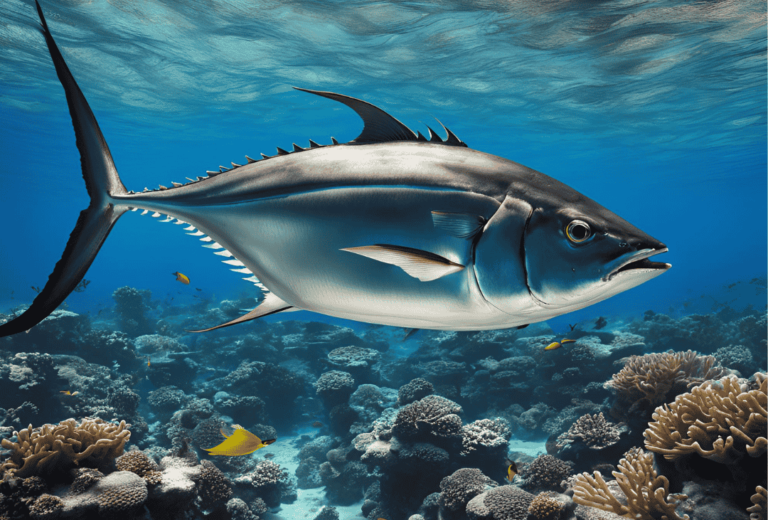Dual Nature of Spiral Sea Snake Venom: Benefits and Harms
The Spiral Sea Snake (Hydrophis spiralis): A Dual-Edged Venom
The Spiral Sea Snake (Hydrophis spiralis) is a fascinating creature, notable for its distinctive spiral-shaped body and the potent venom it produces. This venom, while hazardous, holds significant promise for scientific and medical advancements. In this blog, we will explore both the benefits and risks associated with the venom of the Spiral Sea Snake, providing a comprehensive view of its dual nature.
Understanding Spiral Sea Snake Venom
The venom of the Spiral Sea Snake is a complex biochemical mixture, rich in various components that can have both beneficial and detrimental effects. Its composition includes neurotoxins, enzymes, and other proteins that interact with biological systems in intricate ways.
Benefits of Spiral Sea Snake Venom
Medical Research and Drug Development
- Neurotoxins: The neurotoxins in the venom are valuable for studying nerve function and neurological disorders. These toxins help researchers understand nerve communication and could lead to breakthroughs in treating conditions such as Alzheimer’s and Parkinson’s diseases.
- Anticoagulants: The venom contains enzymes with anticoagulant properties, which can be used to develop new treatments for blood clotting disorders and thrombotic conditions. These enzymes offer a potential alternative to traditional blood thinners.
Antivenom Production
- Life-Saving Treatment: The venom plays a crucial role in the production of antivenom, which is essential for treating bites from sea snakes, including the Spiral Sea Snake. By immunizing animals with the venom, scientists can produce antibodies that neutralize the toxins, providing a critical tool for managing envenomations.
Biomolecular Insights
- Understanding Biochemical Interactions: The diverse proteins and peptides in the venom provide insights into various biochemical processes. This knowledge can be applied to develop new pharmaceuticals and enhance our understanding of human physiology.
Harms of Spiral Sea Snake Venom
Toxic Effects on Humans
- Neurotoxic Effects: The primary danger of the venom lies in its neurotoxic properties, which can lead to paralysis, respiratory failure, and, in severe cases, death. Immediate medical attention is crucial following a bite to mitigate these effects.
- Systemic Toxicity: In addition to neurotoxicity, the venom can cause systemic effects such as muscle pain, swelling, and hemorrhage. These symptoms require prompt and comprehensive medical treatment.
Risk of Envenomation
- Bite Incidents: Although bites from the Spiral Sea Snake are rare, they can occur, particularly in regions where humans and these snakes come into close contact. Envenomations can lead to serious health complications and require immediate access to medical care and antivenom.
Environmental and Ethical Considerations
- Overexploitation: The demand for venom for research and antivenom production can lead to overexploitation of sea snake populations. It is essential to ensure ethical and sustainable practices in venom collection to prevent harm to these species and their ecosystems.
Conclusion
The venom of the Spiral Sea Snake (Hydrophis spiralis) exemplifies the dual nature of nature’s chemical arsenal. While it poses significant risks to human health, its unique properties also offer valuable opportunities for scientific and medical advancements. Understanding both the benefits and risks of this venom is crucial for maximizing its positive impact while mitigating its dangers.
As research continues to uncover the potential of sea snake venom, ongoing efforts to balance its use with conservation and ethical practices will be essential. By appreciating the complexities of this venom, we can better harness its potential to benefit medicine and science.
As research continues to uncover the potential of sea snake venom, ongoing efforts to balance its use with conservation and ethical practices will be essential. By appreciating the complexities of this venom, we can better harness its potential to benefit medicine and science, while also protecting the remarkable species from which it originates.






